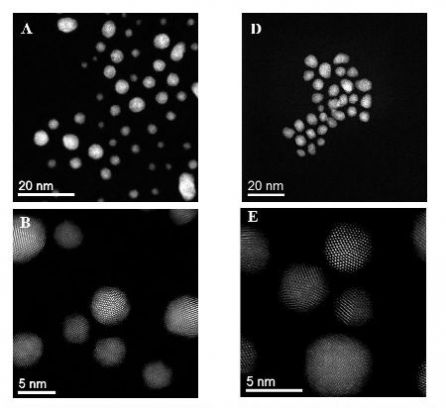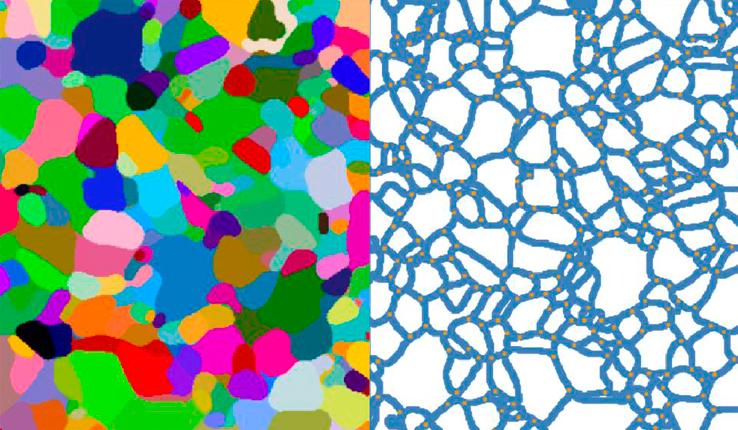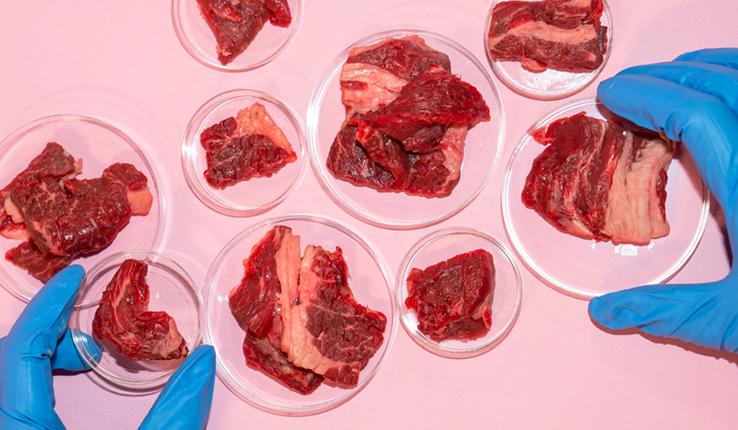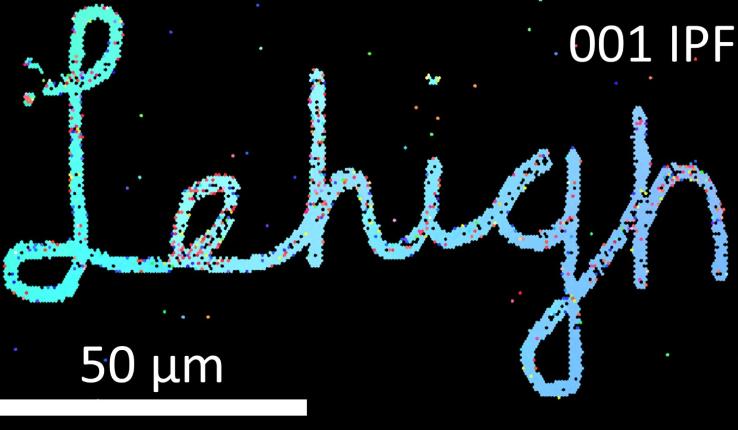A direct path from methane to methanol
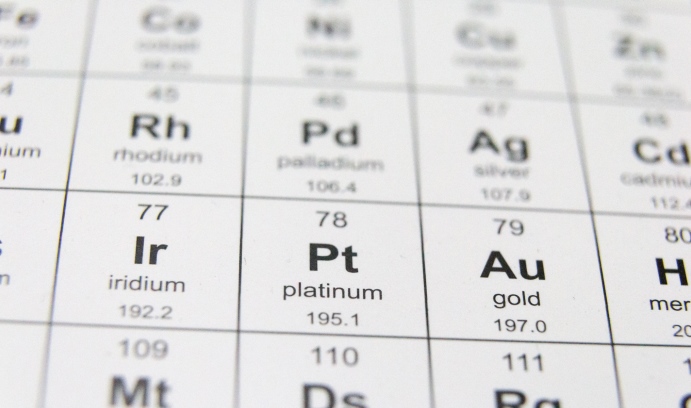
Using colloidal gold-palladium nanoparticles, the Lehigh-Cardiff group oxidized methane to methanol with 92-percent selectivity in an aqueous solution at mild temperatures. (Image by iStock/mustafacan)
In a study published today in Science, researchers from Lehigh and Cardiff University have demonstrated a promising approach to using colloidal gold-palladium nanoparticles to directly oxidize methane to methanol with high selectivity in aqueous solution at mild temperatures.
Liquid methanol is widely used as a feedstock for other chemicals and also has considerable potential as an alternative fuel source. However, converting methane—the primary component of abundant natural gas—into methanol is currently achieved by an indirect process which requires high heat and pressure.
Now researchers have discovered a new approach that allows the direct conversion of methane to methanol utilizing molecular oxygen under much milder reaction conditions.
A team led by Graham J. Hutchings at the Cardiff Catalysis Institute, and Christopher J. Kiely at Lehigh, used colloidal gold-palladium (Au-Pd) nanoparticles to directly oxidize methane to methanol with high selectivity in aqueous solution at low temperatures. Their findings were published in a Science article titled “Aqueous Au-Pd colloids catalyze selective CH4 oxidation to CH3OH with O2 under mild conditions.”
“Our work has shown that if a stable supply of methyl radicals can be established—for example, by incorporating a very small amount of hydrogen peroxide into the reaction mixture—then the selective oxidation of methane to methanol using molecular oxygen is entirely feasible,” said Kiely, the Harold B. Chambers Senior Professor of Materials Science and Chemical Engineering.
This latest discovery has been guided by Kiely’s and Hutchings’ longtime collaboration on developing Au-Pd nanoparticles as effective catalysts for many other reactions.
According to Kiely, the researchers were surprised to find that for this particular reaction to proceed they needed the Au-Pd nanoparticles to exist as free-floating colloids in a very weak hydrogen peroxide solution into which they injected pressurized methane and oxygen gas.
“Usually when we use Au-Pd nanoparticles as catalysts they are nearly always dispersed on high surface area oxide supports such as titania,” said Kiely, who directs Lehigh’s Electron Microscopy and Nanofabrication Facility.
“In this case however, the presence of the ceramic support turned out to be highly detrimental.”
In the chemical industry methane is currently converted indirectly to methanol via the production of synthesis gas (carbon monoxide and hydrogen) at high temperatures and pressures, which is an expensive and energy intensive process. The most promising candidate processes discovered to date for the direct conversion of methane to methanol have tended to be complex, inefficient, and often require very high temperatures and aggressive reaction environments.
“The new simplified approach we have demonstrated brings us a step closer to making the direct conversion of methane to methanol a practically viable proposition,” said Kiely.
In addition to Hutchings and Kiely, the authors of the Science paper include Qian He, who earned his Ph.D. in materials science and engineering from Lehigh in 2013 and is now a University Research Fellow in the School of Chemistry at Cardiff University, and Sultan Althahban, a Ph.D. candidate in materials science and engineering at Lehigh.
The article is the 10th Kiely has published to date in Science; he has also published four in Nature. The two publications are considered the world’s leading science journals.
Read more about Kiely’s and Hutching’s work on gold catalysis here.
Story by Lori Friedman
Posted on:


